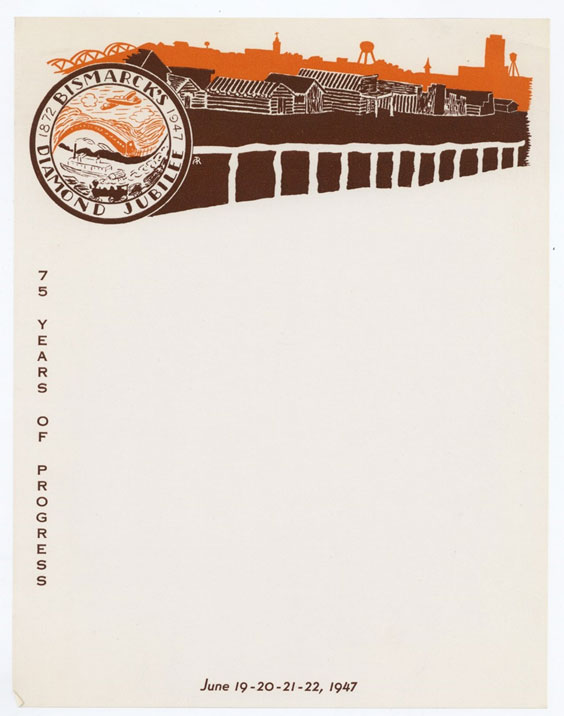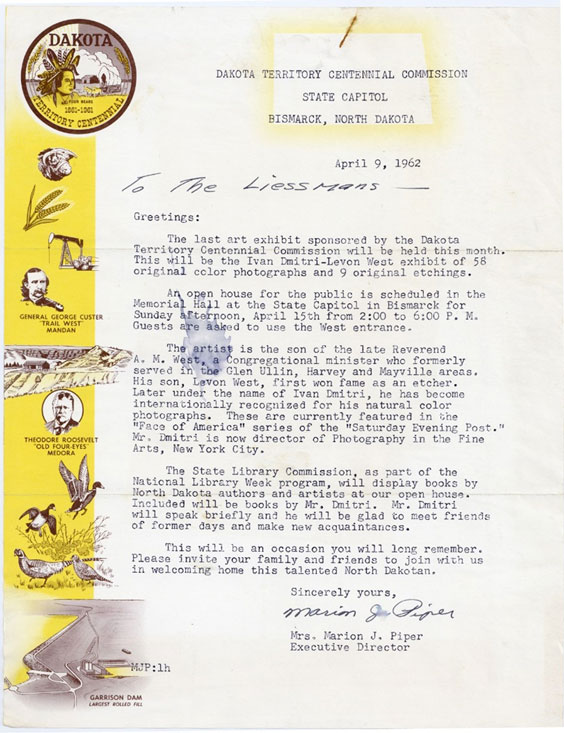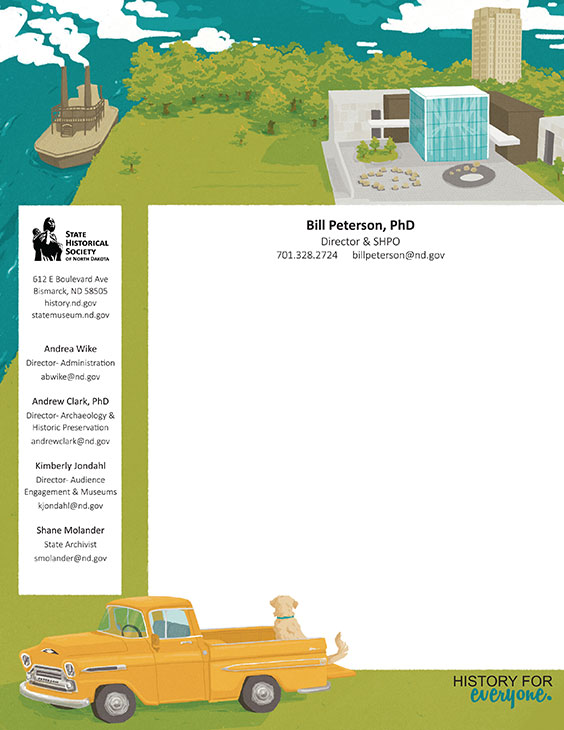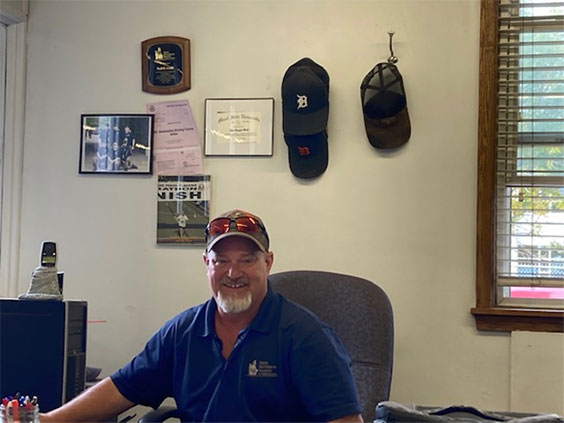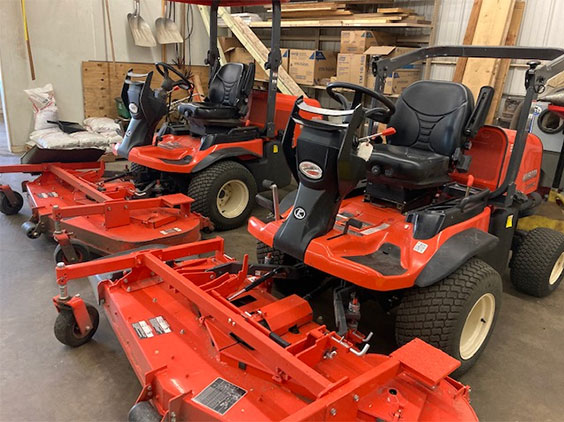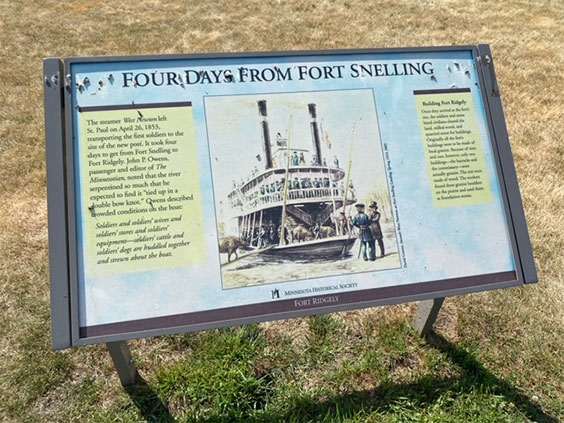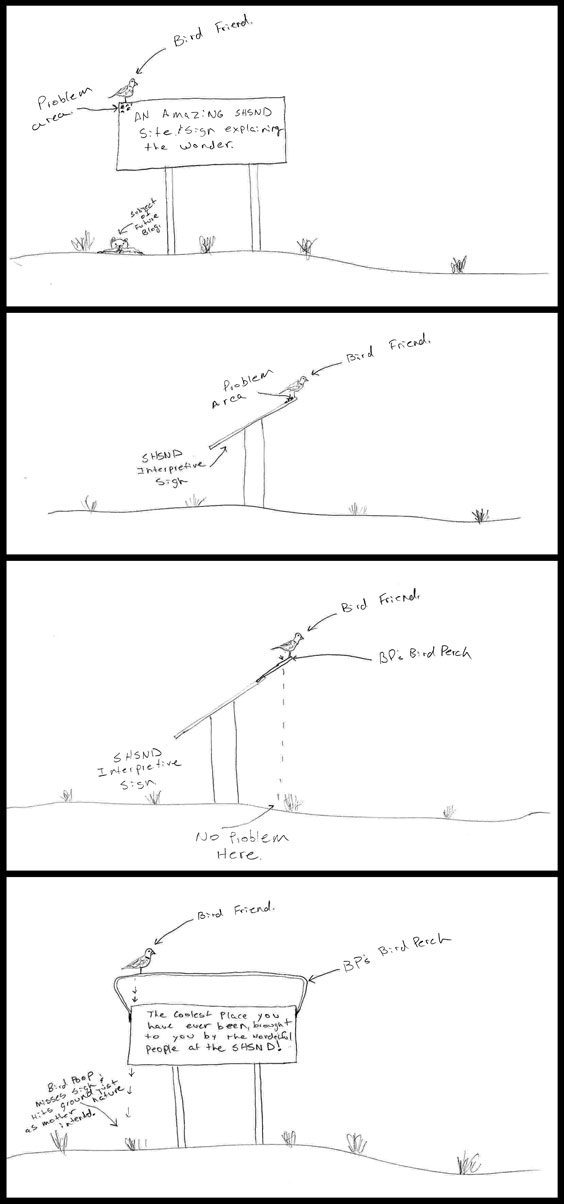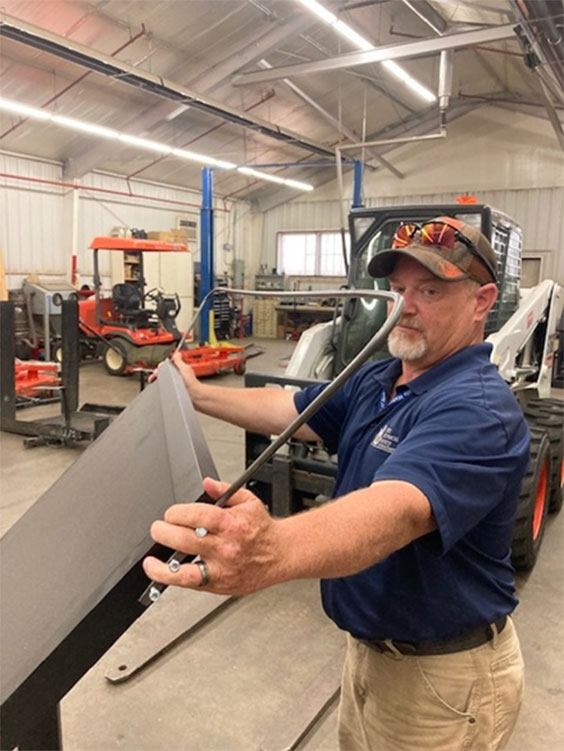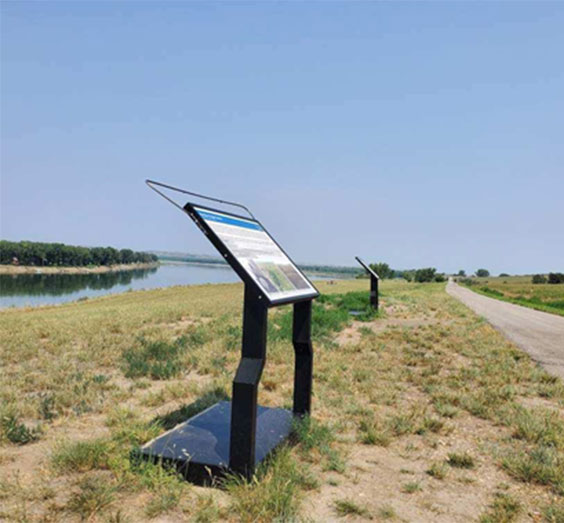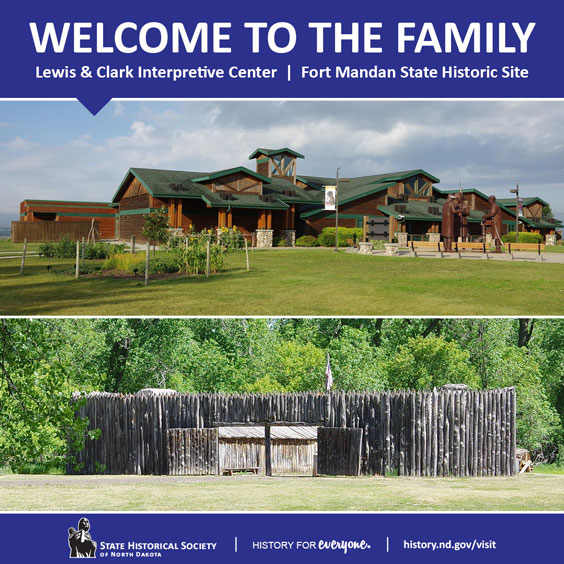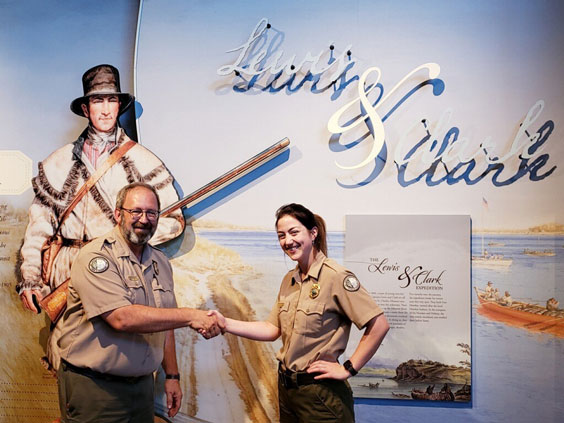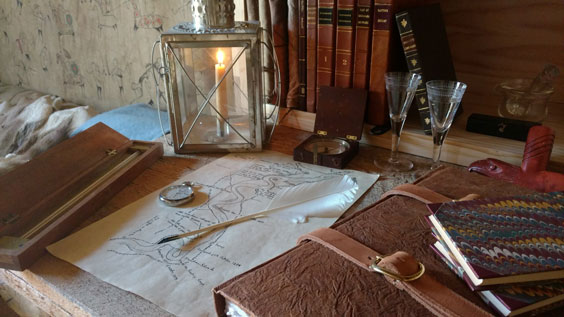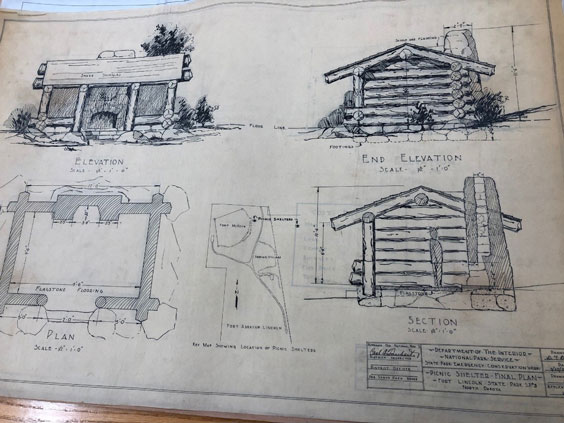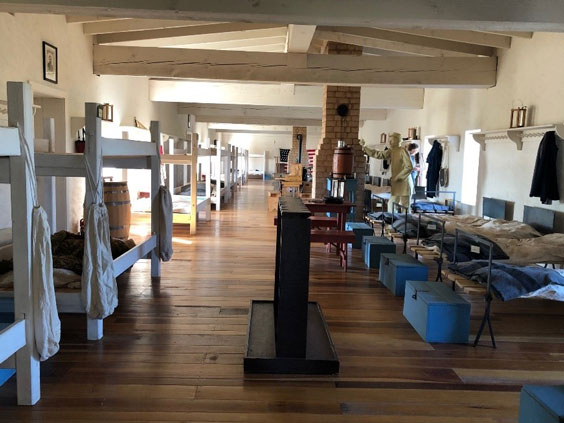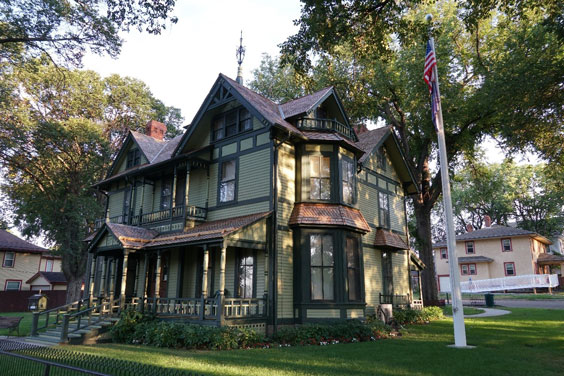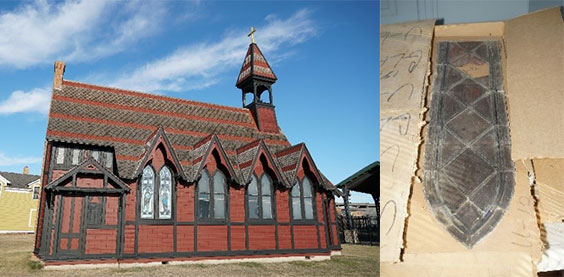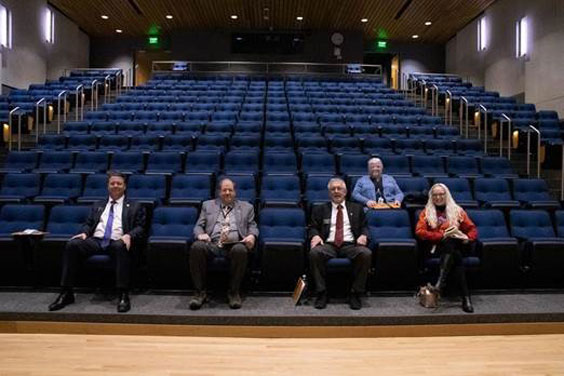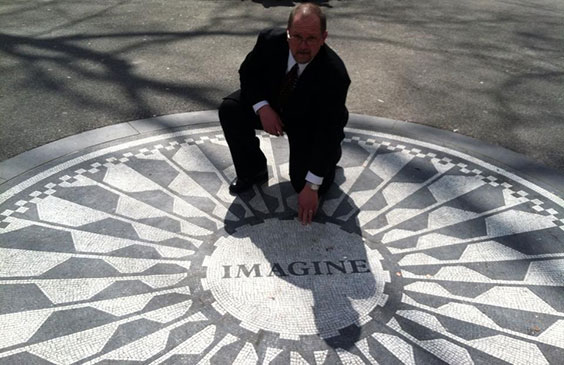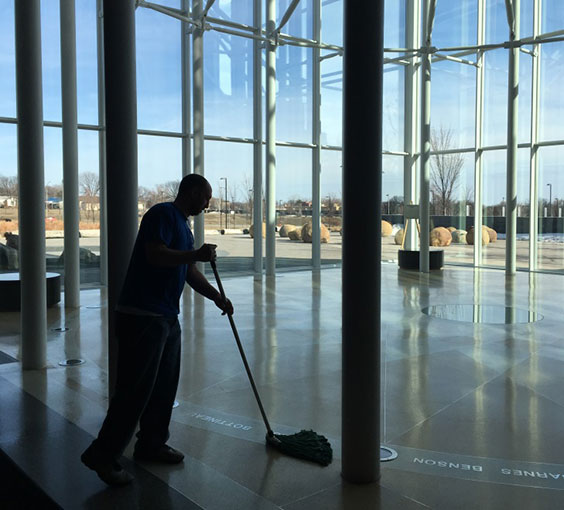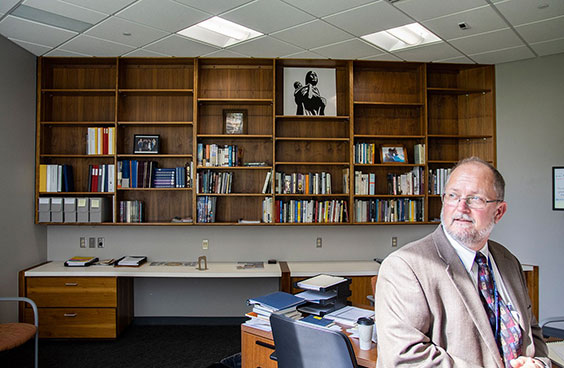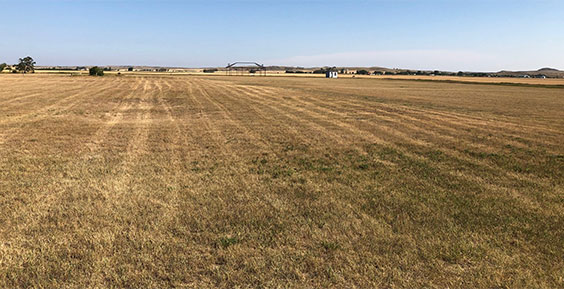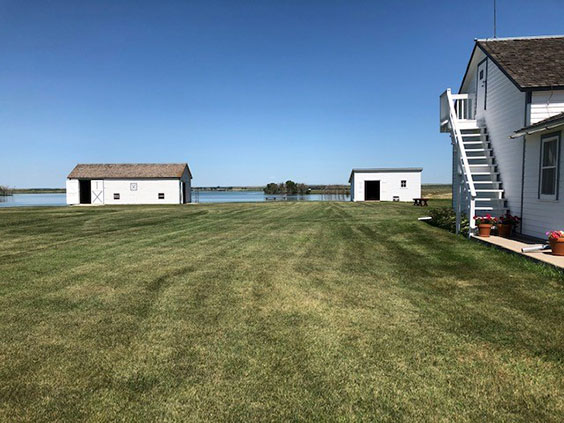Motor City at the Museum: Vintage Cars in the State Collections
I have been fascinated with and interested in cars my entire life—hot rods, muscle cars, trucks, race cars, all of them. I grew up in Michigan, and my earliest historical interests in Great Lakes maritime history are tied to the state’s automobile industry. Most of the freighters that captivated my imagination hauled taconite pellets (processed iron ore) to the steel and automobile factories in the Rust Belt cities of Detroit, Cleveland, Toledo, Erie, Gary, and Pittsburgh. Ford’s colossal River Rouge complex took in raw materials at one end and spit out cars at the other end. In fact, the SS Edmund Fitzgerald was en route to deliver 26,000 tons of taconite to the massive Zug Island Terminal at the confluence of the Rouge and Detroit rivers when it sank in a 1975 storm. Michigan was built by and for the automobile industry. Everywhere you looked in Michigan when I was a kid, you were reminded of that.

My love of cars was piqued as a teenager growing up in Oscoda, Michigan. Here, I take my 1972 Chevy Nova Super Sport out for a spin, 1986.
The State Historical Society of North Dakota has an impressive transportation collection. While it is not a large car collection, it is an interesting one, representing the automobile industry across much of its storied history, including the early 20th century when the United States boasted more than 200 makers. Surprisingly, electric cars have been a part of that history all along, well before Tesla arrived on the scene. We even have a foreign car in the collection to represent the import market.
In his book, “Lost Car Companies of Detroit,” Alan Naldrett categorizes cars and their manufacturers into a number of distinct eras. The State Historical Society is lucky to have representation in each of these except the Postwar era.
Veteran: 1890s and before
Brass: 1900s-1915
Vintage: 1915-1935
Prewar: 1936-1941
War: 1942-1951
Postwar: 1952-1959
Classic: 1960-1985
Modern: 1985-present
I am going to put the 1900 Holland Special in the Veteran era because it looks like a vehicle from this time due to its tiller steering wheel. For many years, the Holland was on exhibit at the North Dakota Heritage Center & State Museum. In the Brass era, we have a fantastic Glide Model 36-42 Five Passenger Touring car made in Peoria Heights, Illinois. It’s in rough shape but came to us due to its association with and use in Hebron.
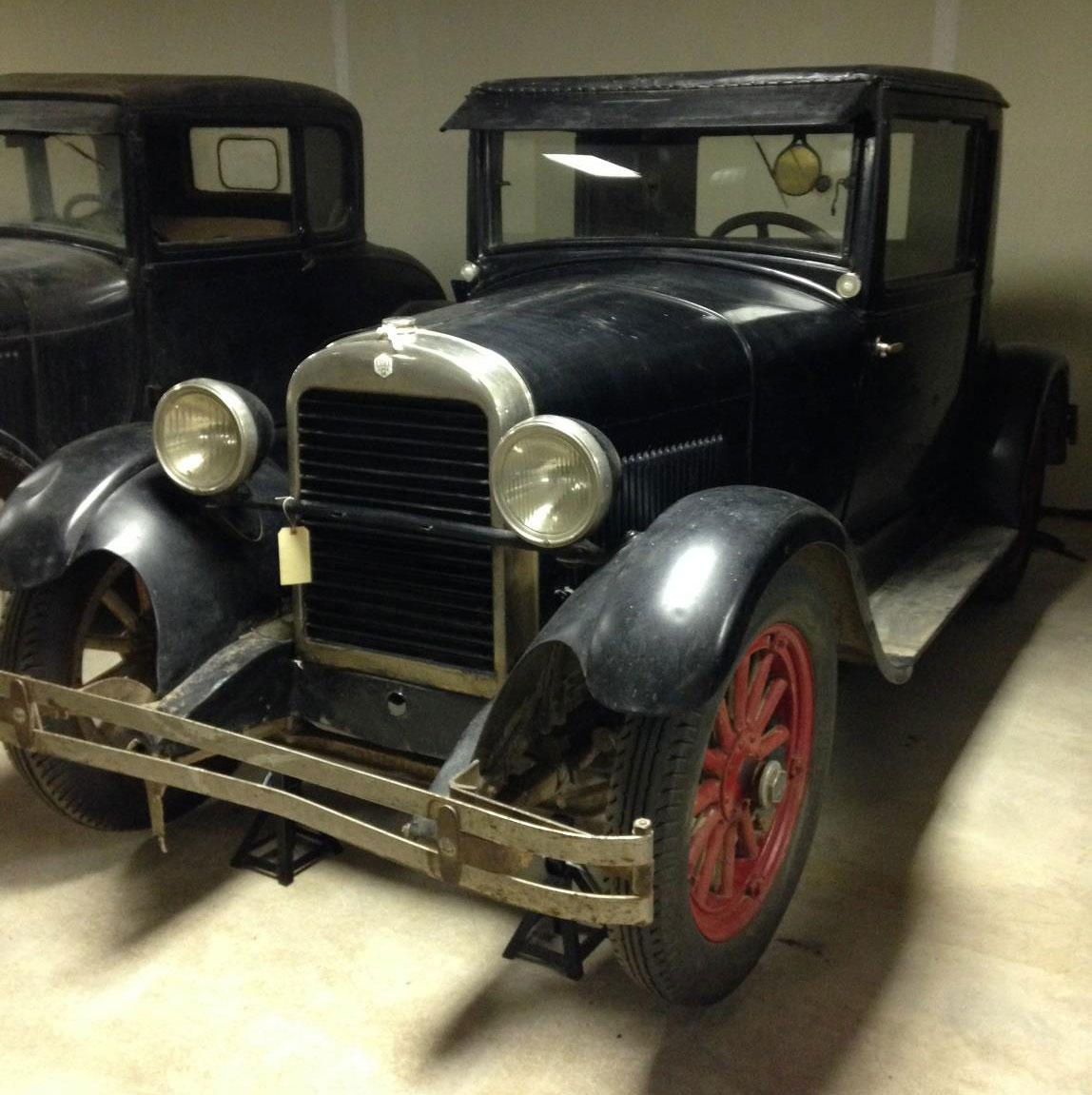
1927 Essex coupe. SHSND 13543
We have several great Vintage era vehicles. Of course, the 1929 Erskine is on exhibit in the Inspiration Gallery at the State Museum, but we also have a really cool 1927 Essex. This tiny two-passenger coupe was the first widely affordable closed cab automobile. Made by Detroit’s Hudson Motorcar Co., the Essex is equipped with a six-cylinder motor generating an astonishing for the time 55 horsepower! It was a very fast little car. In fact, an Essex set a record for 50 hours straight at over 60 mph at a Cincinnati speedway in 1929. Incidentally, Hudson Motor Car Co., which produced these cars, was named after the silent partner in the company, J.L. Hudson of Detroit department store fame. Hudson cars were the first to have self-starters. When the starters got fussy, owners had to hand-crank them, bringing the term “cranky” into our vocabulary. We also have a 1934 Chevrolet pickup that I am particularly fond of due to its history with the agency. Russell Reid, one of my predecessors as director, purchased the truck for agency use from the Civilian Conservation Corps in 1939, and it has been with us ever since.
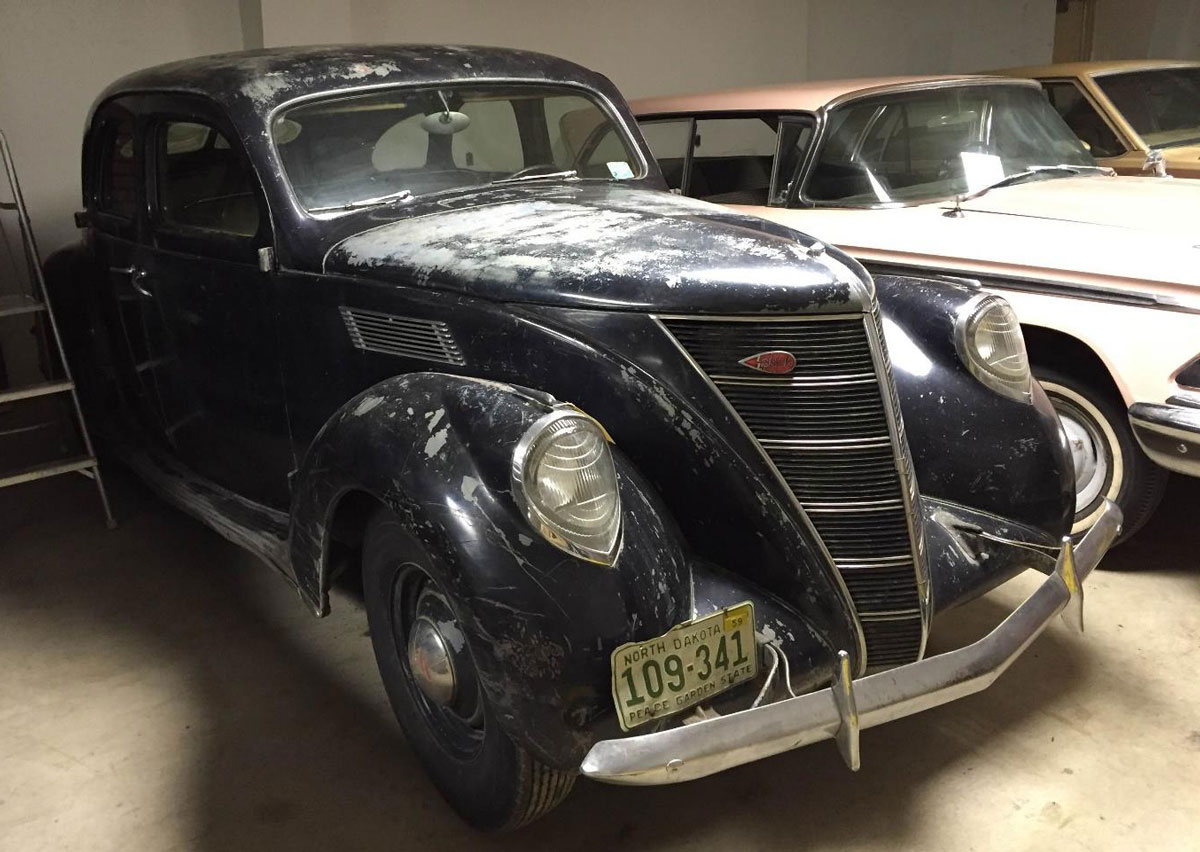
Our 1937 Lincoln Zephyr is an 88-year-old marvel of automotive design. SHSND 1973.44.1
Illustrating the Prewar era is the agency’s 1937 V12-powered Lincoln Zephyr. Named after Zephyrus, the Greek god of the west wind, this beautifully styled car has suicide rear doors and headlamps flawlessly integrated into the front fenders. To provide a glimpse into the War era cars, I chose the 1950 Pontiac Chieftain Deluxe four-door sedan. This car was purchased new by Gerald and Alma Matthiesen of Bismarck and later donated by their daughter Elaine White.
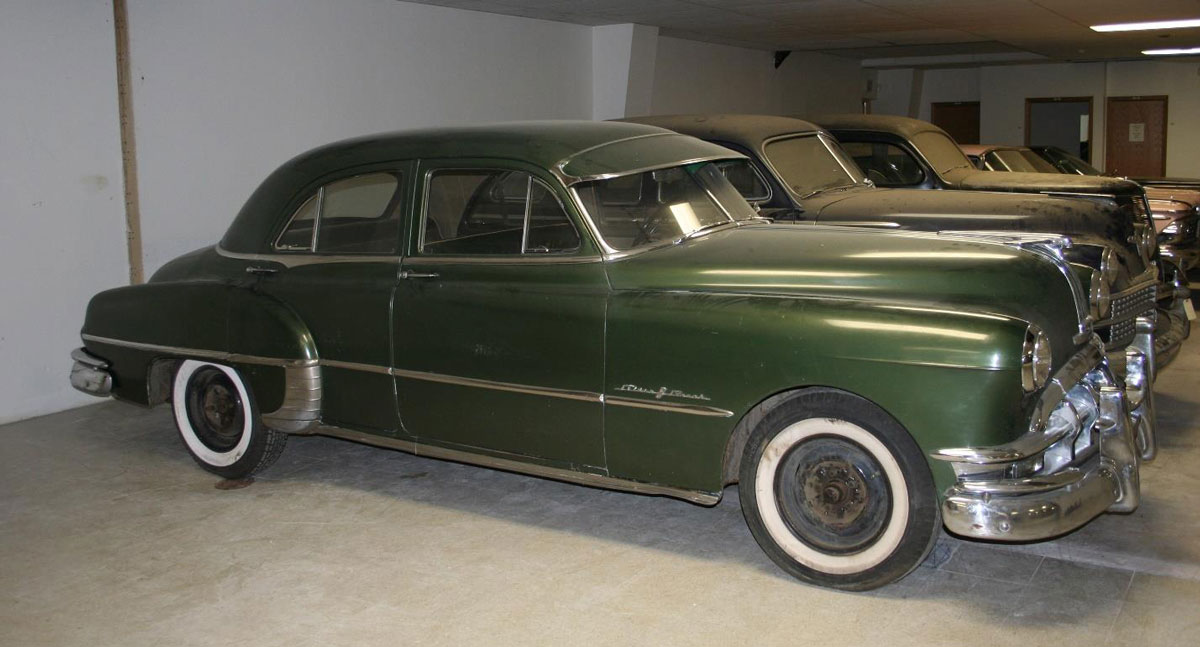
1950 Pontiac Chieftain Deluxe. SHSND 1986.138.1
We have several great choices from the Classic era. The 1961 Lincoln Continental is roughly 300 feet long, nearly as wide, and as luxurious as a royal palace. For the more common folk, the collection contains a 1961 Volkswagen Beetle. Everyone knows this little four-cylinder, rear engine, air-cooled wonder. I always thought these economical cars were roomy for their size. We all had a friend with the iconic “Bug.” Our vehicle from the Modern era is former North Dakota Secretary of State Al Jaeger’s 1986 Pontiac Parisienne, which he purchased new from Selland Motors in Fargo. This car was used in both his 1992 and 1996 campaigns.
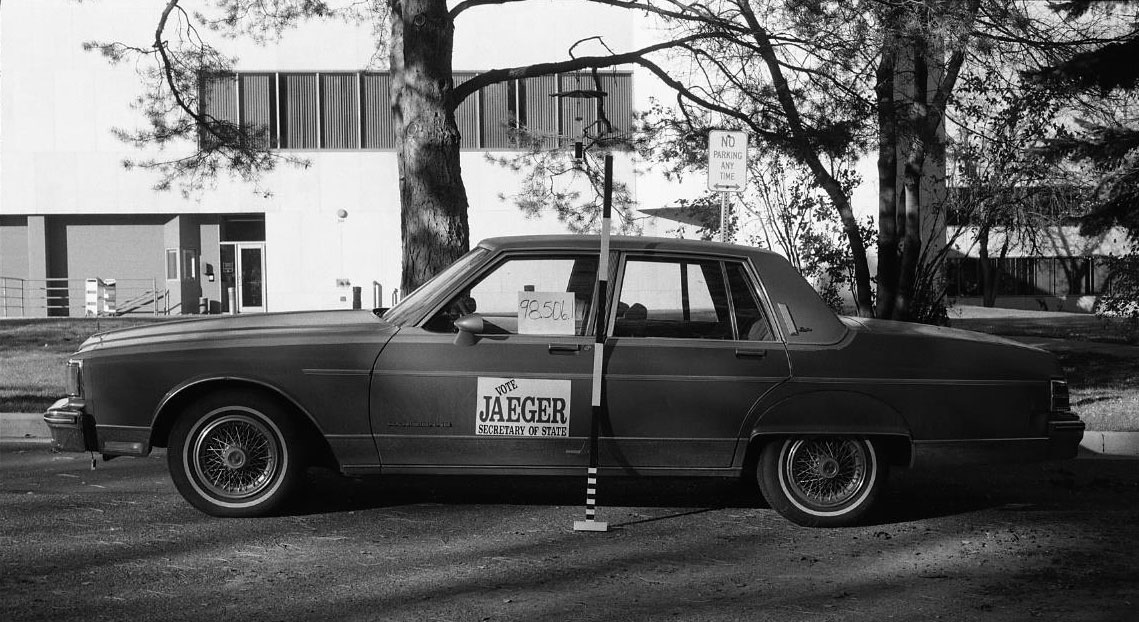
Former Secretary of State Al Jaeger donated this 1986 Pontiac to the State Historical Society in 1998. SHSND 1998.506.1
Of course, we have other cars, trucks, and wagons, but those will have to wait for a future blog post. Stay tuned!
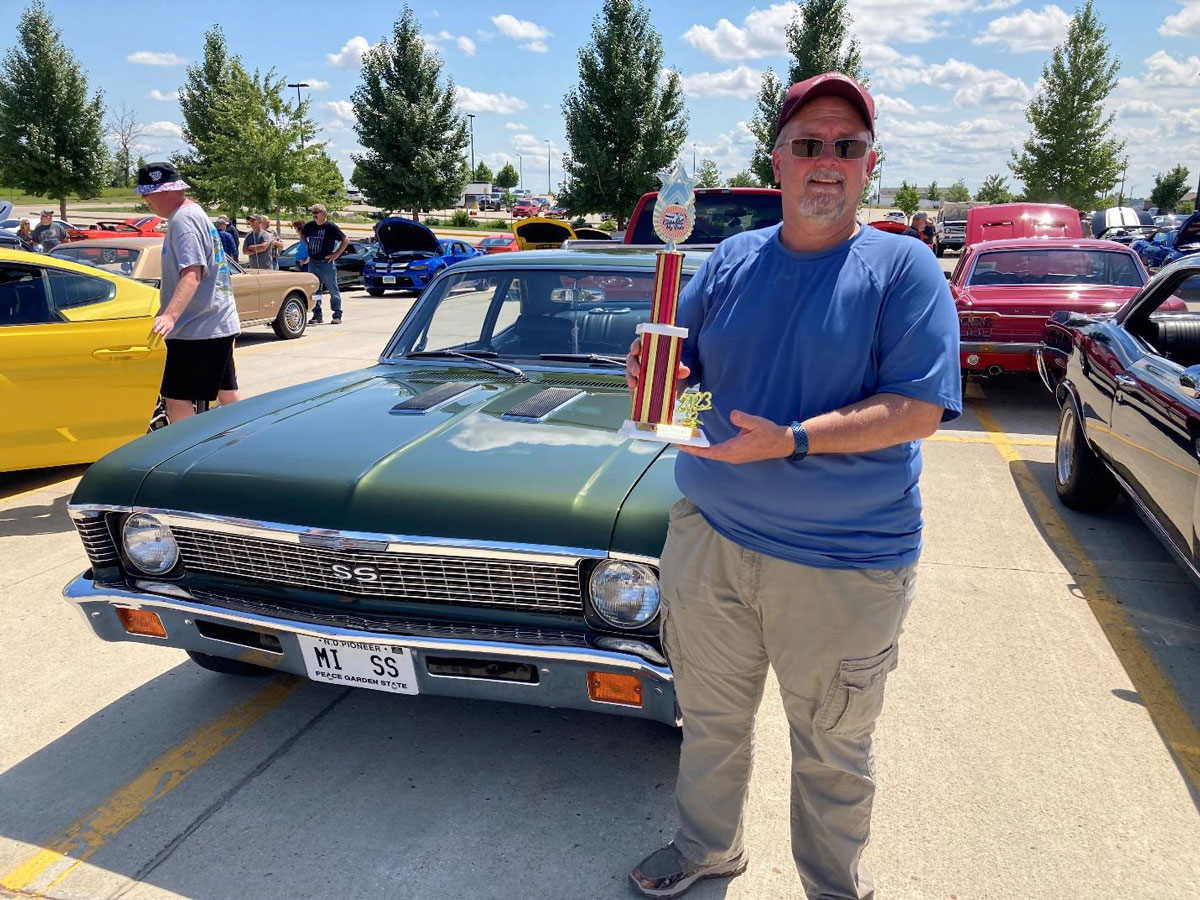
Thirty-seven years later, I pose with that same Chevy Nova, now restored to its original color, after winning a people’s choice trophy at a Bismarck car show, 2023.



